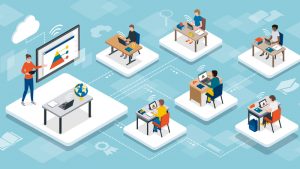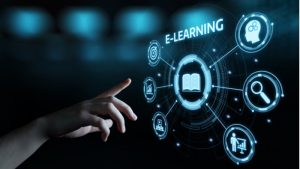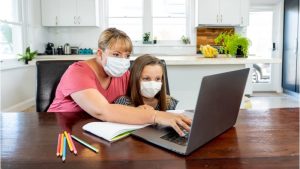The Government Accountability Office (GAO) has released a supplemental report on pandemic learning for U.S. students, which details the watchdog agency’s objectives, scope, and methodology for its report released last month, Pandemic Learning: As Students Struggle to Learn, Teachers Reported Few Strategies as Particularly Helpful to Mitigate Learning Loss.
A new study conducted by Rutgers University showcases how remote learning has put New Jersey lower-income K-12 school districts students and teachers at a disadvantage.
While there are a lot of ways schools can tackle the issue of sustainability, many K-12 schools are utilizing technology – especially distance learning – to be more sustainable, according to a new white paper from Verizon.
As the COVID-19 pandemic stretches on, the 2022 Online Education Trends Report found that more higher education institutions say they will continue to offer both remote and online courses in the future, while a majority of remote learner respondents said they are more likely to enroll in online or remote courses even after their campuses return to normal operations.
Rep. Chrissy Houlahan, D-Pa., emphasized the significant national and international generational learning loss from academic disruption due to the COVID-19 pandemic and the role of the government in combatting this issue during a July 15 webinar hosted by Axios.
After a year of distance and hybrid learning, The Conference Board’s Committee for Economic Development (CED) released a report identifying K-12 remote education deficits, as well as ideas on how schools can harness technology for future learning.
Federal Communications Commission (FCC) Acting Chairwoman Jessica Rosenworcel on April 30 released a draft of a proposed order for the $7.17 billion Emergency Connectivity Fund, which would reimburse schools and libraries for their purchases of devices and broadband connections during the COVID-19 pandemic.
The COVID-19 pandemic has forced children to pack their backpacks and learn remotely, but a lack of technology resources and live contact with teachers has put low-income K-12 students behind their higher-income peers.
New technology updates in College of Idaho classrooms have helped improve remote learning capabilities, including new audio and visual technology to help students and faculty until classrooms open back up for in-person instruction.








